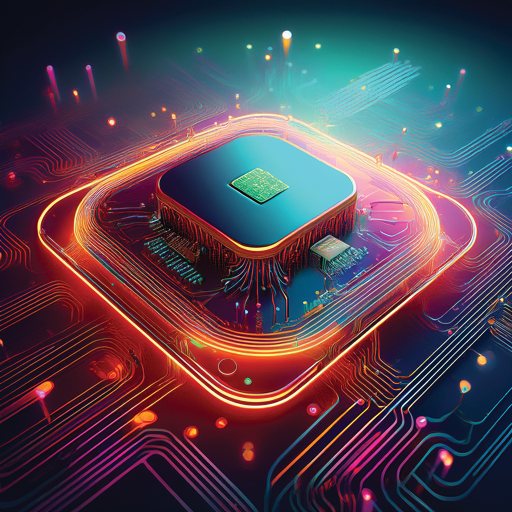Memory in Apple’s M1 and M2 Chips

Apple’s transition to its own silicon marked a significant milestone in the industry, combining high performance with power efficiency. Central to this breakthrough are the M1 and M2 chips, which feature innovative memory architectures that differentiate them from traditional PC and mobile processors. Here’s an in-depth look at the memory designs in the M1 and M2 Apple chips.
Unified Memory Architecture (UMA)
One of the hallmark features of Apple’s M1 and M2 chips is the Unified Memory Architecture (UMA). Unlike conventional computers where the CPU, GPU, and other components have separate pools of memory, UMA provides a single, shared memory space accessible by all cores and components on the chip.
- Efficiency and Speed: By eliminating the need to copy data between different memories (e.g., CPU RAM and GPU VRAM), UMA reduces latency and increases data throughput. This results in a more responsive system and better performance for memory-intensive tasks.
- Power Savings: Sharing memory also means fewer memory modules and less complex data routing, which enhances power efficiency—one of the key advantages of Apple silicon over competing architectures.
Memory in the M1 Chip
The Apple M1 chip, introduced in 202was the first in this new family of Apple-designed ARM processors for Macs. Its memory subsystem features:
- Memory Size: The M1 supports up to 16GB of unified memory, shared across the CPU, GPU, Neural Engine, and other components.
- Memory Type: Uses LPDDR(Low Power DDR4X) memory, which offers a good balance between speed, power efficiency, and heat management.
- Memory Bandwidth: The M1 delivers up to 68.GB/s memory bandwidth, allowing high-speed communication between compute cores and memory, critical for demanding applications like video editing, gaming, and machine learning.
Memory in the M2 Chip
Building on the M1’s foundation, the M2 chip, introduced in 202enhances the memory system further:
- Increased Capacity: The M2 supports up to 24GB of unified memory, catering to more demanding professional workloads and multitasking.
- Faster Memory: Transitioning to LPDDR5 memory, the M2 chip achieves higher memory bandwidth—up to 1GB/s, a substantial increase from the M1
- This means faster data access and better performance in graphics and computational tasks.
- Enhanced Memory Controller: The M2 includes an improved memory controller design, which not only enhances speed but also increases efficiency, keeping power consumption minimal even under heavy loads.
Implications of Memory Design
Apple’s approach to memory design in the M1 and M2 chips has fundamentally changed the way applications and the operating system interact with hardware:
- Better Performance per Watt: UMA reduces duplication and overhead, enabling Apple silicon to deliver industry-leading performance without sacrificing battery life.
- Simplified Software Development: Developers can rely on a shared memory pool without needing to explicitly manage separate CPU and GPU memories, simplifying coding and optimization.
- Future Scalability: The M2’s support for larger and faster memory points towards Apple’s roadmap for potentially more powerful chips (like M3 and beyond) that will push performance and efficiency even further.
The memory architecture in Apple’s M1 and M2 chips represents a paradigm shift in how memory is integrated and utilized in computing devices. By adopting Unified Memory Architecture and continuously improving memory speed and capacity, Apple has created a foundation that delivers exceptional performance, power efficiency, and user experience. As Apple continues to evolve its silicon, memory innovations will remain central to redefining what personal computing can achieve.
